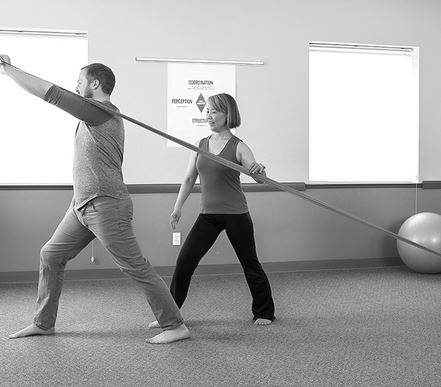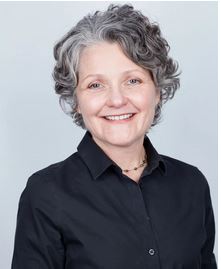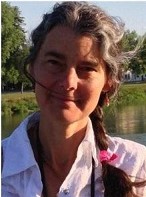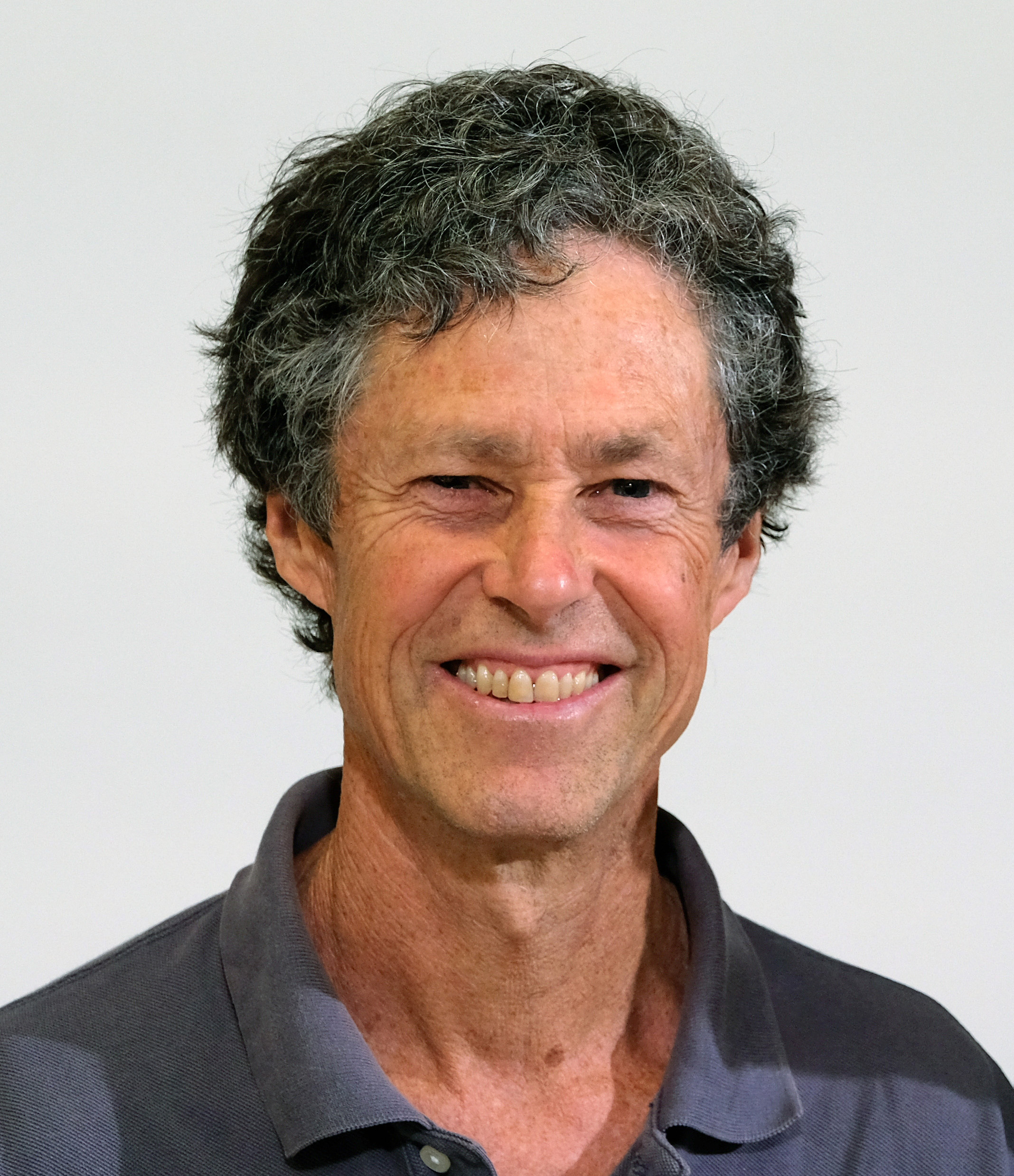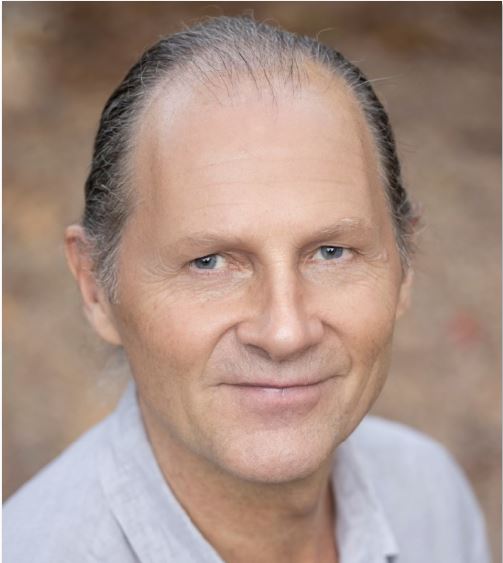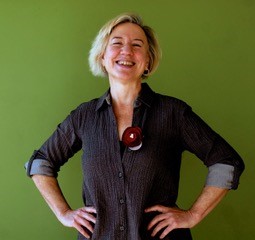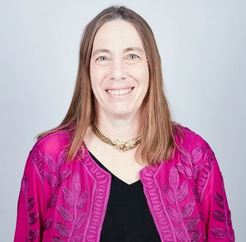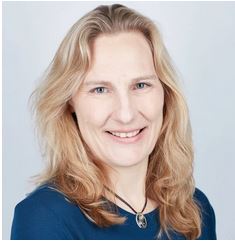
Rolf Movement® Certification
Welcome to the Rolf Movement® Certification!
The Rolf Movement Certification Program at the Dr. Ida Rolf Institute is a 30-day training course that combines advanced movement education with structural integration.
Grounded in Dr. Ida Rolf’s original vision, with contributions from pioneers in somatic movement, this program enhances your perceptual awareness, refines your touch, and prepares you to help clients achieve lasting improvements in posture and function.
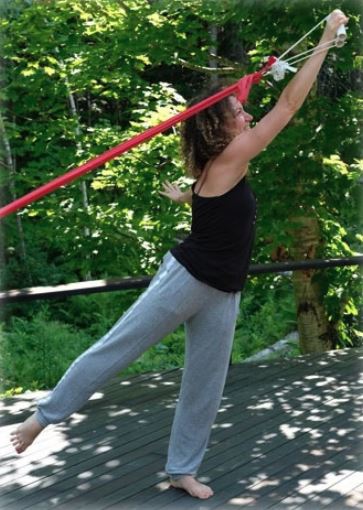




Rolf Movement® Certification Overview
Rolf Movement® Course Content
- How to explore posture and movement through gravity and body awareness
- How to assess movement in sitting, standing, and gait
- Learn Rolf Movement exercises that support the Rolfing Ten-Series®
- Using touch, language, and imagery to support client learning
- How to design and lead group movement classes
- Strategies for integrating movement education into individual sessions
- Building presence, connection, and communication with clients
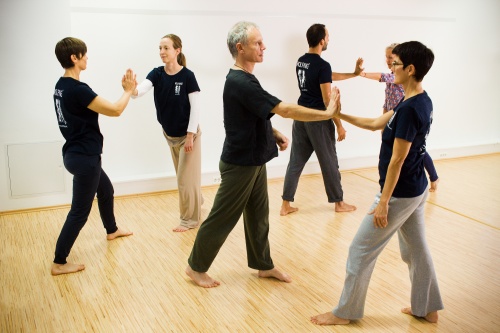
Rolf Movement® Course Structure
- Modular format—classes can be taken sequentially or as stand-alone classes.
- 30 days (225 hours) of training are required to become a Certified Rolf Movement® practitioner.
- Up to 3 days may be completed as an independent study or mentorship with a DIRI Rolf Movement® faculty member.
- The entire program should be completed within six years.
- Classes are offered in Lafayette, CO, and at regional locations across the U.S.
- Eligible past workshops (taken after 2009 with certified faculty) may count toward certification.
Why Study Rolf Movement®?
- Build on your Rolfing® training by connecting the Rolfing TenâSeries® with movement and perceptual education to deepen your impact.
- Help clients explore new ways of moving, leading to more lasting and effective structural change.
- Set yourself apart in your field by integrating modern neuroscience and motor learning research with Dr. Rolf’s foundational work.
- Earn Continuing Education Credits: This training counts toward the Advanced Rolfing® Certification
Enrollment Requirements
Who Can Enroll in Rolf Movement® Training:
- Certified Rolfers® in good standing.
- Rolfing® SI students (after completing Phase II).
- Graduates of an IASI-approved training program.
Train at your own pace.
The Rolf Movement® Certification Program is offered in a variety of formats to meet the needs of students and
practitioners with established clinical practices. Students, Certified Rolfers®, and practitioners of structural
integration who have completed an IASI- approved training program can be trained in Rolf Movement®. For Rolfing®
SI students in Lafayette, CO, Rolf Movement® Certification training can begin during the interval between Phases
II & III.
Modules can be completed over a time frame of six years, allowing you time to train at your own pace and to
integrate your Rolf Movement® training into your practice gradually.
View Upcoming Rolf Movement® Classes
Meet the Rolf Movement® Faculty
Rebecca Carli-Mills
became interested in somatic movement studies while pursuing B.A. and M.F.A. degrees in dance performance and choreography. She earned certification in Rolf Movement® Integration in 1987 with Janie French and Annie Duggan. She became a Certified Rolfer® in 1989 and a Certified Advanced Rolfer in 1992. In 1994, Rebecca graduated from the Pennsylvania Gestalt Center for Psychotherapy and Training and joined the Rolf Movement® faculty of The Rolf Institute®.
Lisa Fairman
is a Certified Advanced Rolfer™ and a Certified Rolf Movement
Practitioner® in practice in Helena since 1998. Known for her gentle hands and clear touch she approaches her work from a perspective of evoking change and eliciting curiosity and ease. She has specialized training in trauma work and in visceral work and manipulation.
In Lisa's words: My teaching, and my practice, are influenced and supported by my previous profession - wildlife biology and ecology; love for nature and adventure; dance and yoga background; and fundamentally, who I am as a person. I teach from a place of kindness and patience.
Kevin Frank
is a Certified Advanced Rolfer™, Certified Rolf Movement
Practitioner®, and a Rolf Movement® Instructor at DIRI.
He has worked with the Godard-derived Tonic Function Model since 1991 and has written on this topic from 1995 to the present. Kevin views structural integration as a form of somatic education, and advocates for an “information system” view for doing and teaching this work so as to bring the field of SI into congruence with modern understanding of motor control and perceptive/coordinative processes.
Per Haaland
is a Certified Advanced Rolfer™, Certified Rolf Movement
Practitioner®, and DIRI Faculty member teaching both Rolfing® SI Training and Rolf Movement®. He received his Rolfing® training in 1989 and completed his advanced training with Jan Sultan and Jeff Maitland in 1994. Per has also trained in visceral and neural manipulation and is a certified biodynamic craniosacral therapist.
Studies with Hubert Godard and Kevin Frank shaped his understanding of structural integration as interactive somatic education, highlighting perceptual and coordinative processes. In his approach to Structural Integration and Movement Education, Per also draws extensively from his background as a professional dancer and choreographer.
Aline Newton
has been a Certified Rolfer® since 1984.In 1990 she began studying with Hubert Godard and continues to be inspired by his perspective on Rolfing® and movement to this day. She served as Chair of the Rolf Institute® Board for many years.
In addition to her private practice in Cambridge, MA, Aline teaches Embodied Anatomy at Berklee Conservatory’s Alexander Institute. She has written extensively and lectures on embodiment, perception, breathing, core stabilization, and other concepts that underlie Tonic Function.
Suzanne Picard, MFA
has been part of the Rolf Institute® Faculty since 1995 as a leader in the Rolfing® SI Training program. Her studies include extensive Movement training, Visceral and Neural Manipulation, and Cranial Therapy. Her personal practices include continuum and yoga.
Suzanne's passion is embodied anatomy, perception, and the increased vitality and development that this supports.
Bethany Ward, MBA
is dual faculty serving in both the Rolfing® and Rolf Movement® Integration departments. She is past president of the Ida P. Rolf Research Foundation and was involved in the early stages of the International Fascia Research Congress and Fascia Research Society. Bethany currently serves on DIRI’s Regional Faculty Oversight Committee and Faculty Development and Review Board.
Read More Faculty Bios HERE.
Have Questions? Contact our Admissions Team
We look forward to welcoming you to the Rolf Movement® Certification training at
the Dr. Ida Rolf Institute of Structural Integration.
If you have any queries or need any assistance with the application process, please
contact our Admissions Team.
Admissions Team:
Phone: (303) 449-5903 X106
Email: admissions@rolf.org
